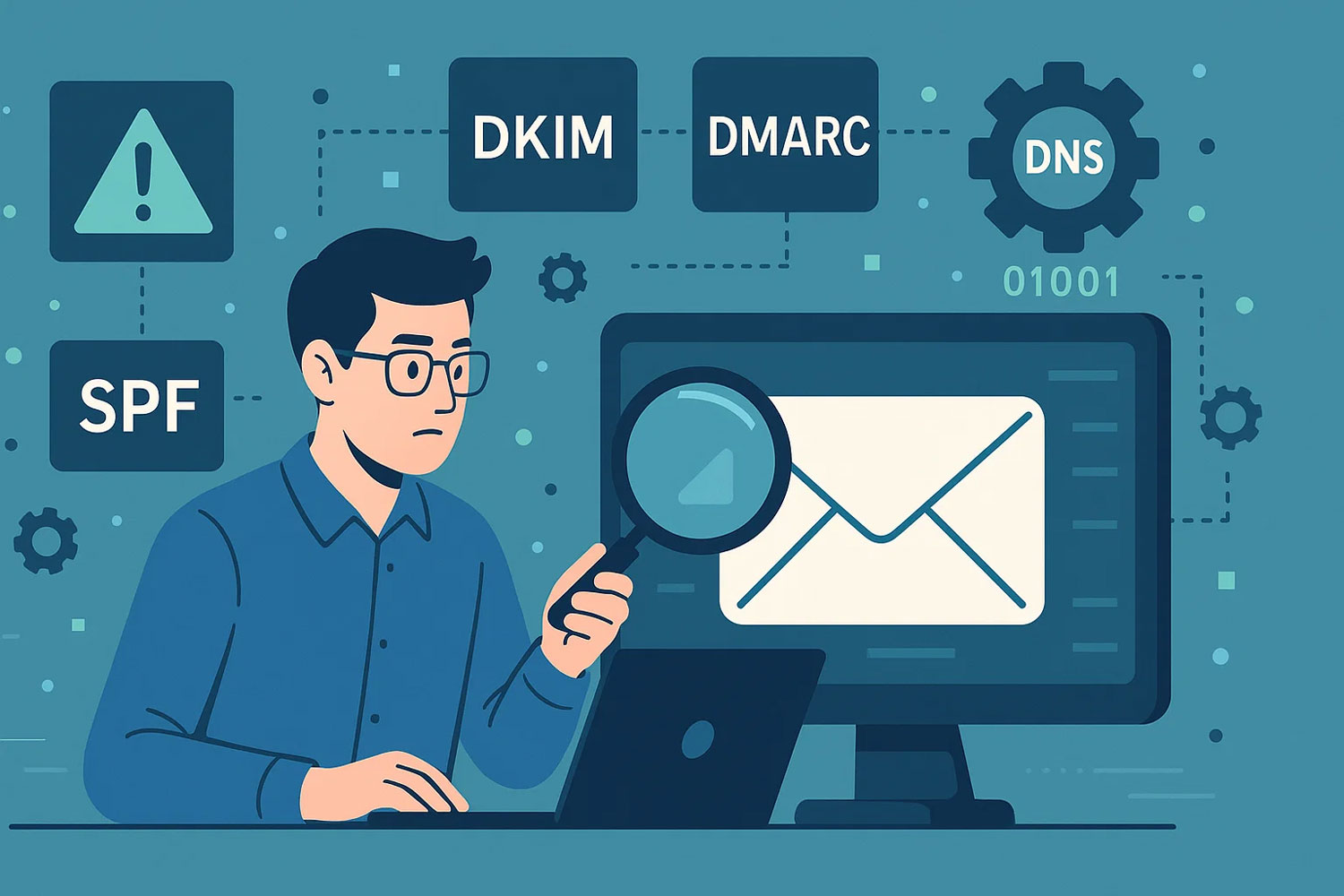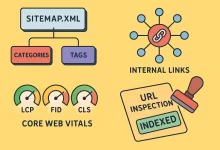As the IT support specialist at my company, I frequently handle issues related to email deliverability. Recently, a persistent problem arose: our company’s emails were consistently being flagged as spam by recipients. After investigating thoroughly, I discovered several key reasons behind the issue and successfully implemented effective solutions. Here’s a detailed breakdown of my approach:

Step 1: Diagnosing the Problem
The first thing I did was check our email domain reputation. I used tools like MXToolbox and Mail Tester to identify potential issues:
- DNS Records: I verified SPF, DKIM, and DMARC settings. Misconfigurations here can quickly damage email deliverability.
- Blacklists: I checked if our IP address or domain was listed in any spam databases.
- Content Issues: Emails containing overly promotional phrases or unusual formatting could trigger spam filters.
Step 2: Correcting DNS Configuration (SPF, DKIM, DMARC)
Misconfigured DNS records were indeed our primary issue:
- SPF (Sender Policy Framework): I realized our SPF record was incomplete. I updated it to explicitly authorize all our sending servers.
- DKIM (DomainKeys Identified Mail): I configured DKIM correctly to digitally sign outgoing emails, greatly improving email authenticity.
- DMARC (Domain-based Message Authentication, Reporting & Conformance): Implemented a DMARC policy to protect against email spoofing and enhance credibility with receiving servers.
Step 3: Checking and Removing from Blacklists
Our domain was briefly listed on one minor blacklist due to previous incorrect email practices. I requested removal by providing proof of corrected configurations, and within 24 hours, our domain was cleared.
Step 4: Adjusting Email Content Practices
I advised our marketing and sales teams to:
- Avoid overly promotional language like “buy now” or “free offer.”
- Reduce excessive use of images and HTML formatting.
- Encourage clearer, professional, and authentic email content.
Step 5: Educating Staff on Email Best Practices
Regular training sessions were organized to:
- Ensure compliance with updated sending practices.
- Explain common triggers of spam filters.
- Provide guidance on crafting genuine, engagement-focused email content.

Results and Ongoing Maintenance
After implementing these changes, we observed immediate improvements:
- Our emails consistently reached inboxes instead of spam folders.
- Recipient engagement and responses improved significantly.
To sustain this, I set up regular checks on our domain reputation and scheduled quarterly reviews of our email policies.
Final Thoughts
Addressing email deliverability issues involves technical adjustments and improved email etiquette. By thoroughly diagnosing and systematically correcting DNS and content issues, our company successfully overcame this recurring spam challenge. This proactive approach not only solved our immediate problem but also safeguarded us against future issues.

 FoxDoo Technology
FoxDoo Technology







